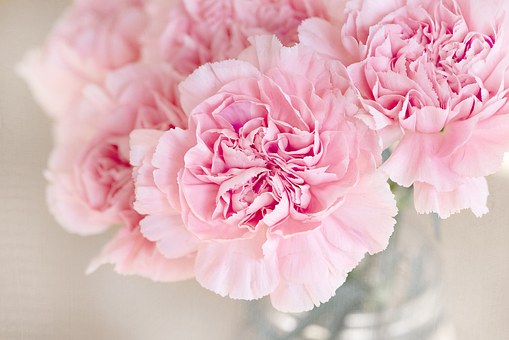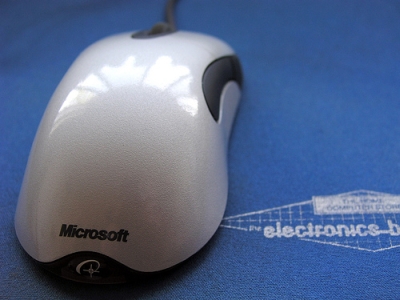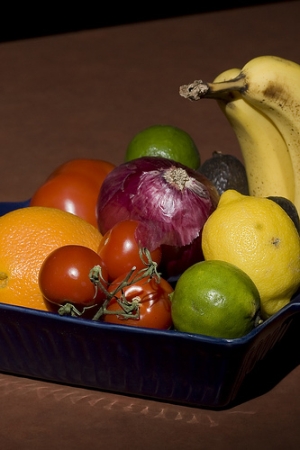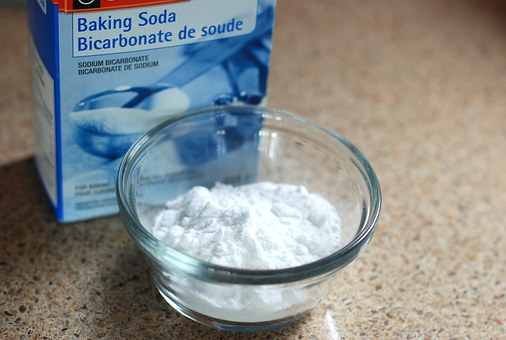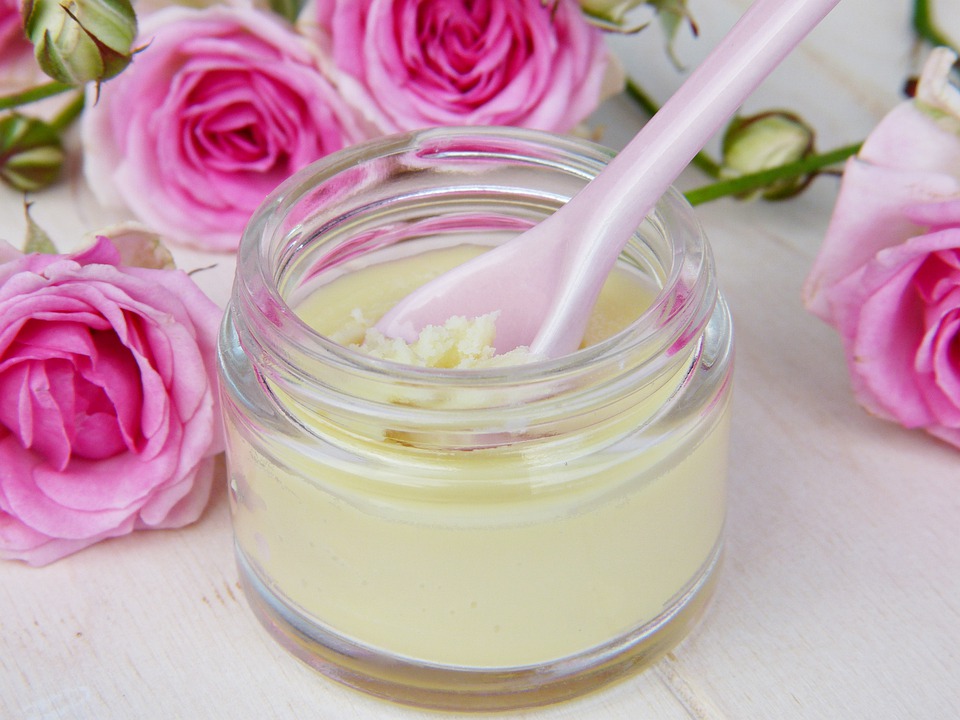In 1953 a group of individuals formed an organization called “Keep America Beautiful” aimed at reducing the amount of littering on public lands, highways, and waterways encouraging Americans to take pride in America. It is the nations largest volunteer-based community action and education, group. Since it’s conception it really has grown in leaps and bounds with campaigns and promotions such as
- Canine TV star Lassie appears as a mascot for an anti-litter campaign.
- “Crying Indian” PSA campaign, the iconic symbol of environmental responsibility and one of the most successful PSA campaigns in history.
- President Reagan endorses the Clean Community System.
- Take Pride in America program, created to promote the wise use of public lands, begins with federal agencies.
- “Close the Loop, Buy Recycled” U.S. EPA partnership
- Web-based educational tools, including Clean Sweep U.S.A “Back By Popular Neglect” PSA campaign
Each April is Keep America Beautiful month drawing attention to the campaigns and research done by Keep America Beautiful and their three primary areas of focus: litter reduction, waste minimization, and beautification.
The only way to make a difference is to get involved. Keep America Beautiful invites you to join the millions of volunteers who participate in Keep America Beautiful programs nationwide. Get active with your family, friends, coworkers, and neighbors. Connect with local businesses and government. However you take part, you will help transform your local environment into a cleaner, safer and healthier community.
- There are 565 Keep America Beautiful affiliates throughout the country. If you want to help keep your community clean and beautiful please volunteer!
- Join the Keep America Beautiful mailing list for emails on national programs, events, and good news network.
- Donate to Keep America Beautiful to provide much-needed support for Keep America Beautiful educational and community programs.
- Become a sponsoring business by supporting local community initiatives or nation programs
- Volunteer for the Great American Cleanup
Great America Cleanup Campaign
Throughout the months of March, April and May, an anticipated 1,200 KAB affiliates and participating organizations nationwide will rally an estimated 3 million volunteers to hold litter and debris cleanups on public lands and waterways, host recycling drives, spruce up community amenities like parks and playgrounds, remove graffiti, plant trees, and community gardens, and host many more activities designed to improve the living environments that we all call “home.” The 2010 theme, “Green Starts Here,” is a rallying call that encourages volunteer groups, community leaders, and people of all ages and walks of life to begin creating more sustainable communities through their efforts as volunteers, and through their daily choices and actions. It also reflects Keep America Beautiful’s long legacy of community improvement activities. You can find volunteer locations at the Keep America Beautiful website
Source: www.kab.org


